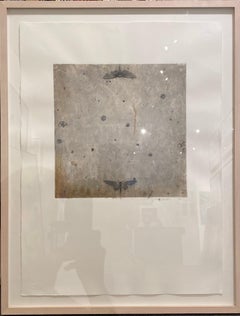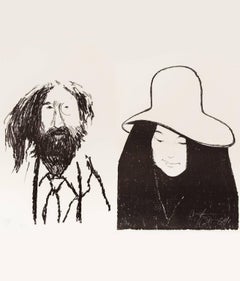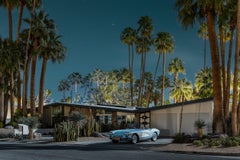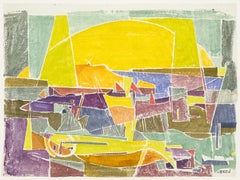American Modern Prints and Multiples
Late 20th Century American Modern Prints and Multiples
Etching
1960s American Modern Prints and Multiples
Lithograph
2010s American Modern Prints and Multiples
Photographic Paper, Archival Pigment
2010s American Modern Prints and Multiples
Cotton, Archival Ink, Photographic Paper
2010s American Modern Prints and Multiples
Cotton, Archival Ink, Photographic Paper
20th Century American Modern Prints and Multiples
Monotype
2010s American Modern Prints and Multiples
Cotton, Archival Ink, Photographic Paper
1980s American Modern Prints and Multiples
Screen
2010s American Modern Prints and Multiples
Cotton, Archival Ink, Photographic Paper
2010s American Modern Prints and Multiples
Cotton, Archival Ink, Photographic Paper
1970s American Modern Prints and Multiples
Lithograph
2010s American Modern Prints and Multiples
Cotton, Archival Ink, Photographic Paper
2010s American Modern Prints and Multiples
Photographic Paper, Archival Pigment
1930s American Modern Prints and Multiples
Linocut
1950s American Modern Prints and Multiples
Woodcut
1980s American Modern Prints and Multiples
Screen
2010s American Modern Prints and Multiples
Lithograph
1670s American Modern Prints and Multiples
Screen
Mid-20th Century American Modern Prints and Multiples
Woodcut
Late 20th Century American Modern Prints and Multiples
Paper, Mixed Media
1930s American Modern Prints and Multiples
Woodcut
1980s American Modern Prints and Multiples
Screen
1980s American Modern Prints and Multiples
Screen
20th Century American Modern Prints and Multiples
Color, Lithograph
20th Century American Modern Prints and Multiples
Color, Lithograph
1960s American Modern Prints and Multiples
Screen
1960s American Modern Prints and Multiples
Screen
1960s American Modern Prints and Multiples
Screen
1960s American Modern Prints and Multiples
Screen
1960s American Modern Prints and Multiples
Screen
1960s American Modern Prints and Multiples
Screen
1960s American Modern Prints and Multiples
Screen
1960s American Modern Prints and Multiples
Screen
1960s American Modern Prints and Multiples
Screen
1960s American Modern Prints and Multiples
Screen
20th Century American Modern Prints and Multiples
Lithograph
20th Century American Modern Prints and Multiples
Lithograph
20th Century American Modern Prints and Multiples
Screen
20th Century American Modern Prints and Multiples
Screen
20th Century American Modern Prints and Multiples
Etching
20th Century American Modern Prints and Multiples
Paper, Lithograph
20th Century American Modern Prints and Multiples
Lithograph
Mid-20th Century American Modern Prints and Multiples
Etching
1960s American Modern Prints and Multiples
Lithograph
1920s American Modern Prints and Multiples
Lithograph
Late 19th Century American Modern Prints and Multiples
Linocut, Woodcut
1930s American Modern Prints and Multiples
Woodcut
1980s American Modern Prints and Multiples
Paper, Lithograph
1970s American Modern Prints and Multiples
Paper, Lithograph
1970s American Modern Prints and Multiples
Lithograph, Paper
1920s American Modern Prints and Multiples
Drypoint, Etching
Late 20th Century American Modern Prints and Multiples
Etching, Woodcut
21st Century and Contemporary American Modern Prints and Multiples
Lithograph
Early 2000s American Modern Prints and Multiples
Screen
1960s American Modern Prints and Multiples
Woodcut



